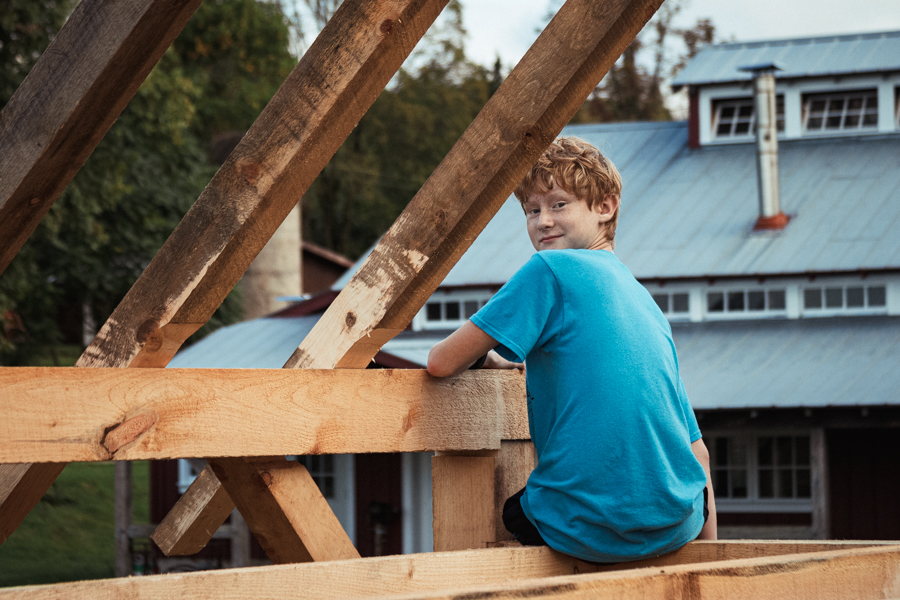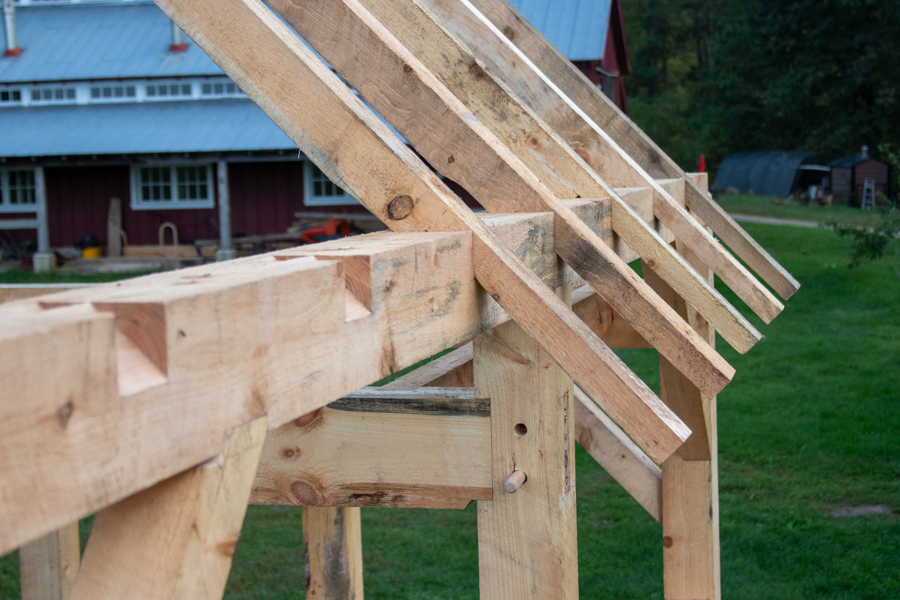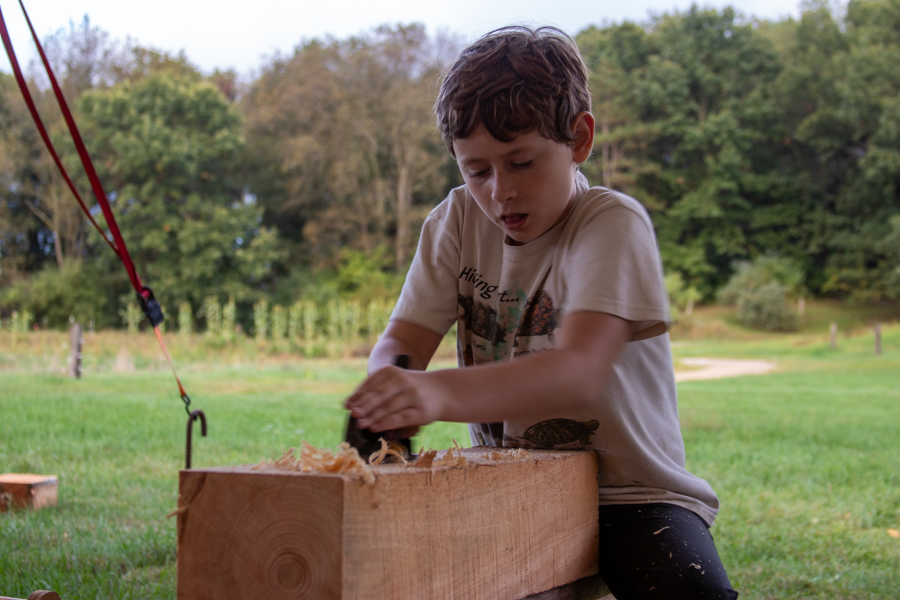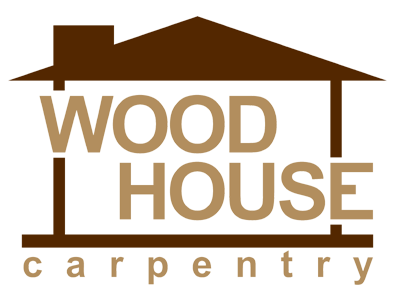Timeless Appeal
In an era dominated by fast-paced consumerism, the concept of planned obsolescence has infiltrated our lives, affecting the quality and longevity of the products we use daily. However, when it comes to constructing homes, there is a steadfast alternative that defies this trend – timber frame construction. This age-old building technique offers not only durability but also a connection to the past that bridges generational differences.
The Allure of Timber Frame Construction
Timber frame construction isn't just about erecting a structure; it's about building a legacy. The inherent strength of timber, combined with its environmentally-friendly nature, makes it an alluring choice for those seeking homes that stand the test of time. Unlike conventional framing methods that rely on manufactured materials transported around the world, timber frame structures embrace the beauty of nature while maintaining a robust framework that can withstand the elements.

Planned Obsolescence and the Timber Difference
Planned obsolescence, a strategy employed by manufacturers to intentionally shorten a product's lifespan, has become the norm in today's consumer landscape. From smartphones to household appliances, we've grown accustomed to products that need frequent replacements. However, timber frame construction challenges this culture of disposability. By utilizing one of Earth's most renewable resources – wood – homeowners can invest in a dwelling that appreciates with age rather than depreciates.

Why Timber Frame
- Choose timber frame construction to create an eco-friendly home that stands the test of time and supports a greener future.
- Timber framing adds a timeless and rustic aesthetic to structures. The exposed wooden beams and intricate joinery create a warm and inviting ambiance that appeals to both traditional and modern architectural designs.
- Using timber framing promotes responsible forestry practices and lowers the carbon footprint compared to energy-intensive materials like steel or concrete.
- The versatility of timber enables a wide range of design possibilities, accommodating various architectural styles and adapting to changing building needs.
Sustainable Living through Timber
Transitioning to a more sustainable lifestyle is a goal many aspire to achieve. Timber frame construction aligns perfectly with this aspiration. As a renewable resource, wood is a carbon sink, effectively absorbing and storing carbon dioxide from the atmosphere. Opting for timber frame construction contributes to mitigating climate change while also reducing the overall carbon footprint of your home.

The return to a green future
The return to timber frame construction is a transition back to a greener, more sustainable time. By choosing timber, you're making a statement against planned obsolescence and embracing a timeless way of living that unites generations. The resilience and beauty of timber-built homes stand as a testament to the enduring power of nature and the human spirit.
In conclusion, timber frame construction offers more than just a structural framework; it offers a path to sustainability, durability, and unity. In a world where disposability is rampant and the choice to build with timber is a choice to build a better future. Let's remember that as we embark on the journey of creating homes that not only shelter us but also connect us across time and generations.

